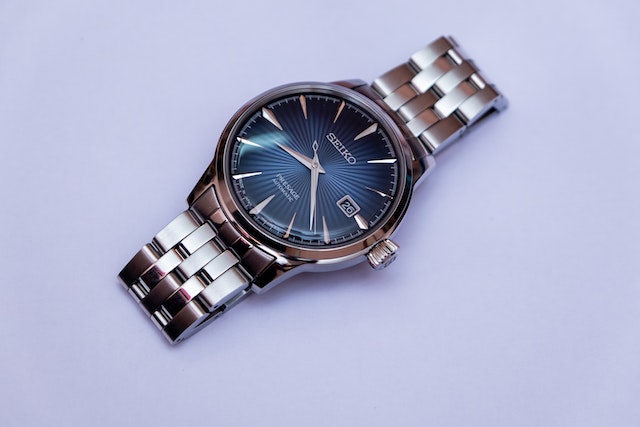When it comes to watches, Seiko is one of the first watchmakers in mind. This is because they have been crafting timepieces since 1881. Along the way, the brand gained recognition for being the most prestigious watch of all time. However, they didn’t create luxury watches until later down the line.
Grand Seiko is the luxury line of watches from their parent brand. Compared to their predecessors, they include specific features to elevate their elegance. One feature in particular is the Grand Seiko Spring Drive. In this post, we will talk about the history of the spring drive and how it impacted the luxury brand we know today.
Development of the Spring Drive
Before the spring drive came into the market, the first Grand Seiko Watches were released in 1960. The debut of Grand Seiko signaled the brand to tap into the luxury market. Since they have experience in watchmaking, they place Grand Seiko as the “King of Watches.” These luxury watches have higher accuracy, beauty, durability, and legibility standards than regular watches. Because of this, they compete with other luxury watches like Swiss watches or Rolex.
By 1978, Seiko had filed their first patent for their spring drive. But it took until 1982 to kickstart the initial development. During development, they have four challenges. These include securing the precision of the spring, developing a low-loss generator, developing an IC capable of being driven by low power, and creating an efficient automatic mechanism. Ultimately, their efforts blossomed into the first Grand Seiko quartz caliber in 1988.
Quartz, Seiko’s Trademark
At this point, Seiko was already spearheading the Quartz movement in watches. They were already available in their main brand of watches, and it was a big hit. When they implemented the quartz movement in their Grand Seiko collection, they proved to be more energy-efficient, more accurate, and more shock-resistant.
Compared to their competitors, the main factor of their success is their price. Brands in and out of Japan still use quartz movements within the lower price segments. On the other hand, mechanical hands stayed at higher-end prices.
Spring Drive’s Inventor
During the development of the spring drive, Seiko engineer Yoshikazu Akahane started creating the first patents. According to him, Akahane was witnessing a bicycle descend a hill at a constant speed while using its brake. He used the “braking” concept in a watch movement, minus the balance wheel, that can create a smooth, fluid motion. The original name Akahane gave for the spring drive was “Quartz Lock.”
While the first prototype was completed in 1982, it took 15 years for the model to become a top priority. In 1997, Akahane led the watch development division and used his prototype as the base, now called Spring Drive.
A year later, it was the 1998 Basel Watch Fair in Switzerland. Seiko presented the first working model of the Spring Drive and commercially sold the watches in 1999. The first two models were the SBWA001 and the SBWA002. Unfortunately, Akahane did not live long enough to see the culmination of his vision at the age of 52 in 1998. Since then, the spring drive experienced more and more milestones and recognitions in the industry.
Wrapping Up
The Spring Drive brought Grand Seiko to its monumental success today. It took the effort of one watchmaker, Yoshikazu Akahane, to bring his vision to our current state. Because of the spring drive, more and more watches have better accuracy, speed, and quality. In short, this feature made Seiko watches a timepiece worth getting for your collection.
Source: Pexels
Read Next Blog:
4 Sustainable And Stylish Watches To Buy
